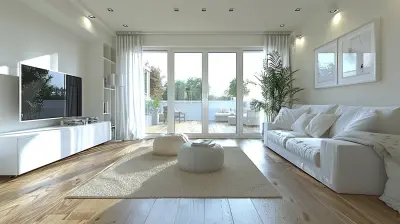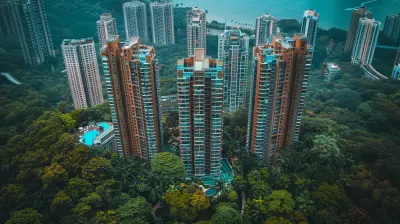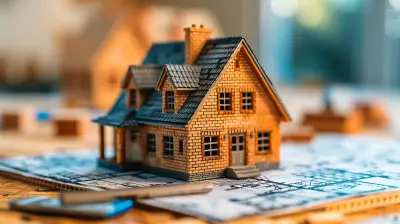A Beginner’s Guide to Bamboo as an Eco-Friendly Building Material
29 June 2025
Bamboo has been making waves in the sustainable building industry—and for good reason! It's sturdy, versatile, and one of the most environmentally friendly materials available today. If you're new to sustainable construction and wondering if bamboo is a good choice for your next project, you’re in the right place.
In this guide, we’ll cover everything you need to know about using bamboo as an eco-friendly building material, from its benefits to its challenges and real-world applications. Let’s dive in!
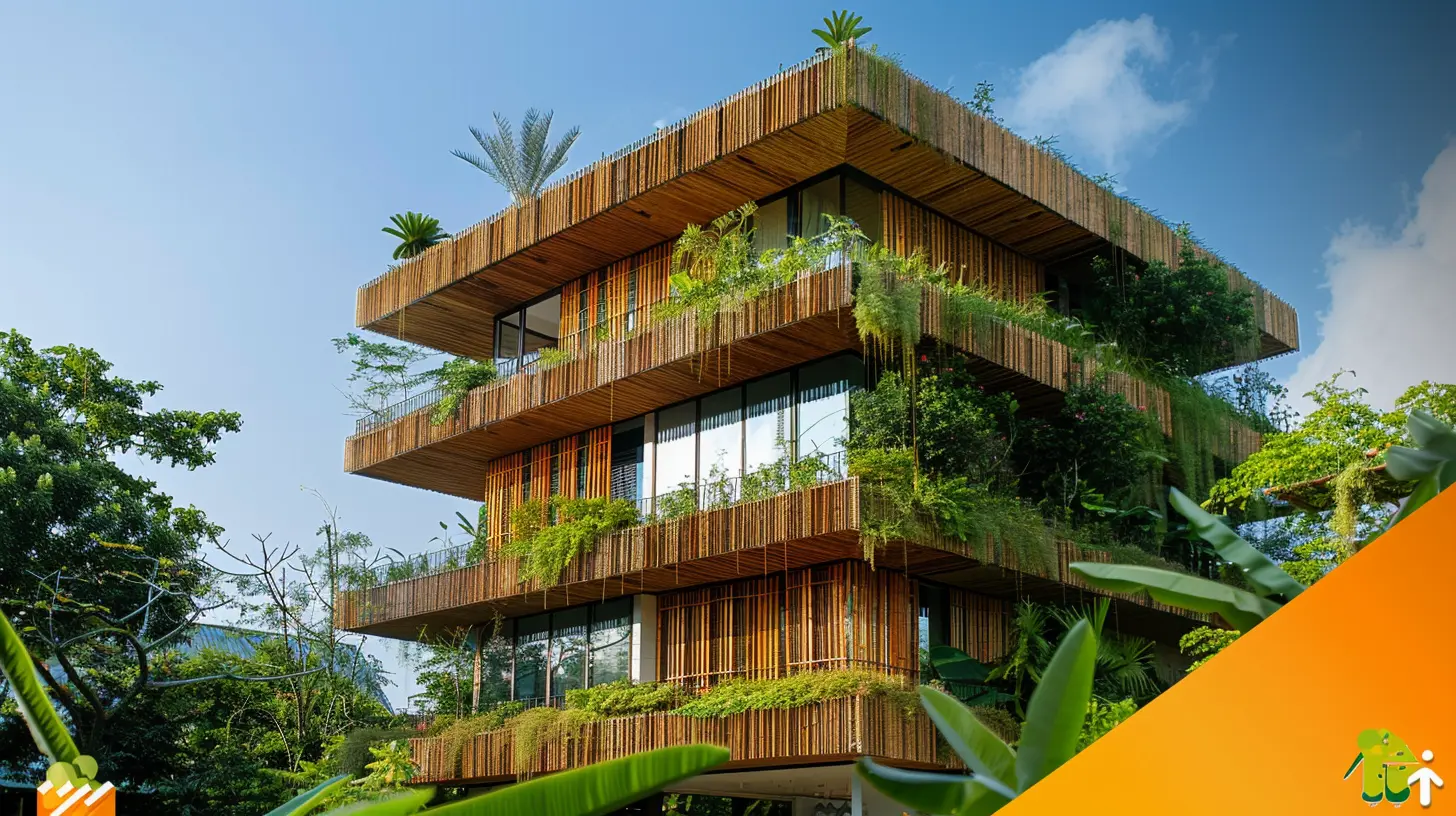
Why Bamboo?
Bamboo isn't just a trendy material—it's a game-changer in sustainable construction. Unlike traditional hardwoods that take decades to mature, bamboo grows incredibly fast. Some species can grow up to three feet in a single day!Here are a few reasons why bamboo stands out as an excellent building material:
- Sustainability – It's one of the fastest-growing renewable resources.
- Strength & Durability – Some species have a higher tensile strength than steel.
- Versatility – It can be used for flooring, walls, roofing, and even structural support.
- Carbon Sequestration – Bamboo absorbs more CO₂ than most trees, making it a great option for reducing carbon footprints.
How Fast Does Bamboo Grow?
If you’ve ever planted a tree, you know it takes years—sometimes decades—for it to mature. Bamboo, on the other hand, can be harvested in just 3-5 years. Some of the fastest-growing species can shoot up to 36 inches within 24 hours under ideal conditions. That means you’re not depleting forests when you build with bamboo.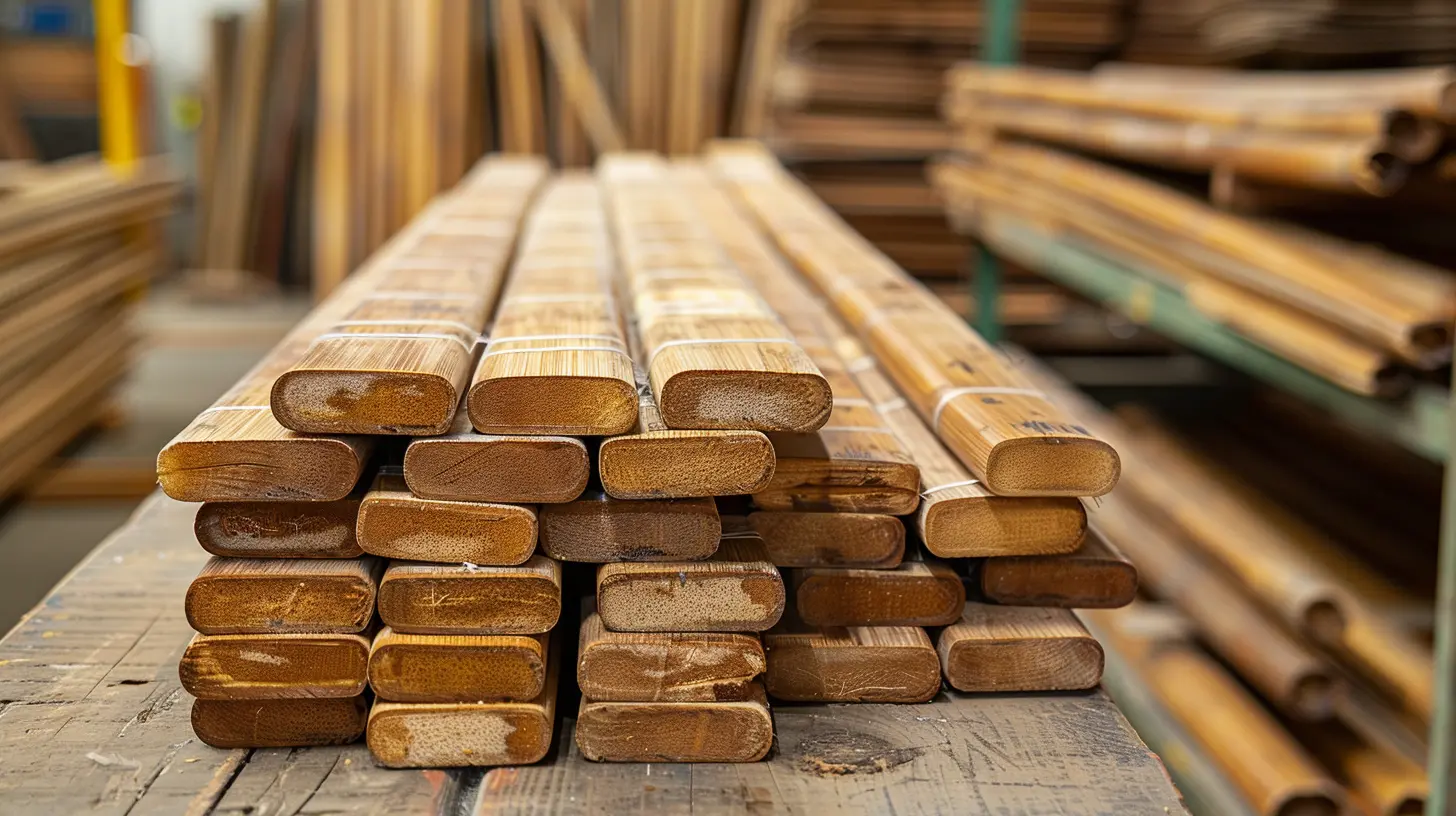
Benefits of Using Bamboo in Construction
1. Eco-Friendly & Sustainable
Bamboo is often referred to as "the green steel" due to its impressive strength-to-weight ratio. Unlike conventional timber, which requires deforestation, bamboo can be harvested without killing the plant. It regrows from its root system, ensuring continuous regeneration.Moreover, bamboo plantations help absorb carbon dioxide, making it an ideal building material in the fight against climate change.
2. Lightweight Yet Strong
Despite being incredibly lightweight, bamboo has higher compressive strength than concrete and an impressive tensile strength that rivals steel. This means it can withstand heavy loads without adding excessive weight to a structure.Because it's lightweight, transporting bamboo is much easier and requires less energy compared to traditional building materials like concrete and steel.
3. Cost-Effective
Bamboo is often more affordable than hardwoods and traditional building materials. Since it grows quickly and can be harvested in a few years, supply is abundant. This helps keep costs down while providing a high-quality material that doesn't sacrifice durability.4. Natural Aesthetic Appeal
Bamboo has a unique texture and warm tones that add a touch of natural elegance to any space. Whether you’re using it for floors, walls, or furniture, bamboo provides a beautiful, organic look that blends seamlessly with modern and rustic architectural styles.5. Resistant to Earthquakes & Flexibility
Bamboo's natural flexibility makes it highly resistant to earthquakes. Unlike rigid building materials that crack under pressure, bamboo bends and sways—reducing structural damage during seismic activity. That’s why many traditional Asian homes use bamboo in earthquake-prone regions.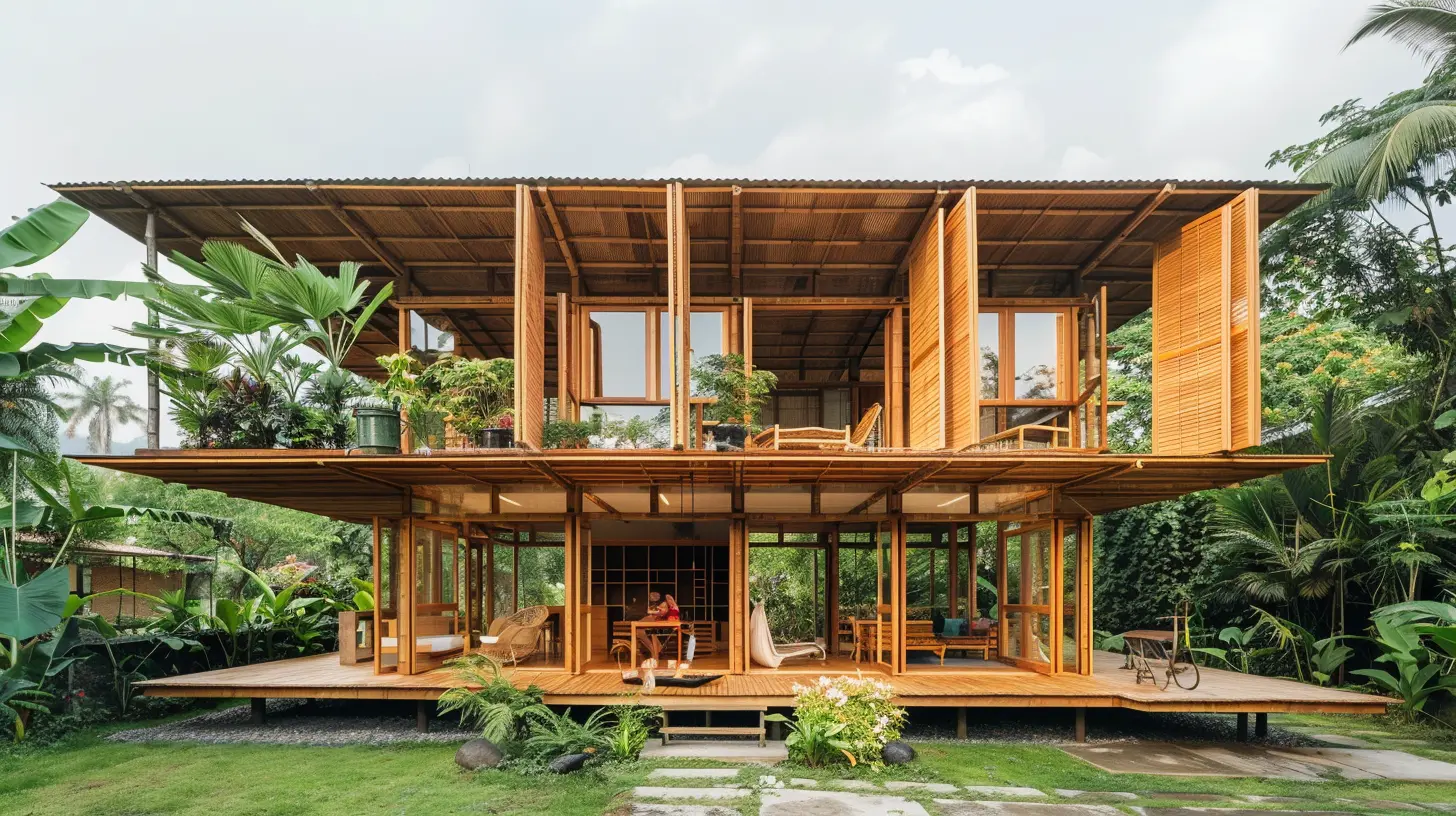
Challenges of Building with Bamboo
Despite its numerous advantages, bamboo does come with a few challenges that builders need to consider.1. Susceptibility to Pests & Rot
Bamboo is organic, which means it's prone to rot if not treated properly. Termites and fungi can also attack untreated bamboo. However, treating it with borax or other natural preservatives can significantly extend its lifespan.2. Moisture Sensitivity
Bamboo absorbs moisture from the air, which can cause swelling or shrinkage. If you're using bamboo in humid or rainy climates, it's essential to seal it properly to prevent water damage.3. Limited Building Codes & Standards
Since bamboo is still emerging as a mainstream building material, many countries lack standardized building codes for its use. This can make getting permits or approvals more challenging. However, this is expected to change as bamboo construction gains popularity.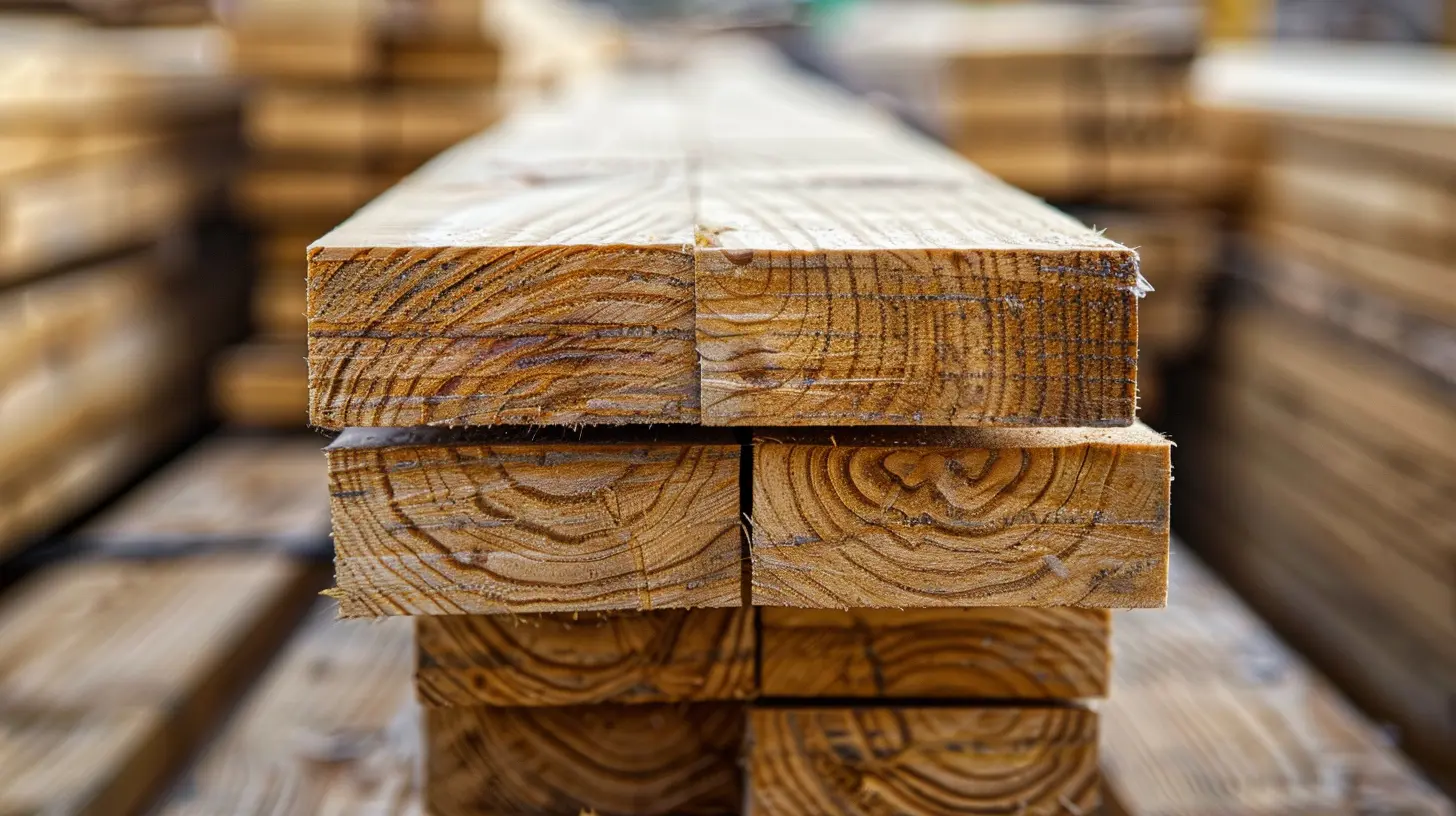
How Is Bamboo Used in Construction?
Bamboo’s versatility makes it suitable for a wide range of building applications. Here are some of the most common ways it’s used in construction:1. Structural Support & Framing
Bamboo poles can replace steel or timber beams in home construction, providing a strong but sustainable alternative. Many eco-friendly homes use bamboo as a primary structural element.2. Flooring & Wall Panels
Bamboo flooring is gaining popularity because of its durability and resemblance to hardwood. It’s also used for wall panels, providing insulation while adding a natural aesthetic to interiors.3. Roofing & Ceilings
Bamboo shingles or woven bamboo mats make for excellent roofing materials. They provide insulation and a unique architectural style, often found in resorts and tropical homes.4. Furniture & Interior Design
Bamboo isn’t just for construction—it’s also widely used in furniture design. From chairs and tables to cabinets and decor, bamboo is a stylish and eco-friendly choice for interiors.Future of Bamboo in Sustainable Construction
As the world shifts towards greener building materials, bamboo is expected to play a crucial role in future construction trends. Many architects and engineers are exploring hybrid structures, combining bamboo with concrete or steel to maximize strength while minimizing environmental impact.Additionally, countries are investing in research to improve bamboo treatment methods, ensuring longer-lasting durability and widespread adoption in mainstream construction.
Is Bamboo Right for Your Project?
If you’re considering building with bamboo, ask yourself:- Do you want a sustainable and renewable building material?
- Are you looking for cost-effective yet durable options?
- Does your project require a lightweight yet strong material?
- Are you open to proper treatment and maintenance to enhance longevity?
If you answered “yes” to most of these, bamboo might be the perfect fit for your construction needs!
Final Thoughts
Bamboo is more than just a trendy material—it’s a sustainable powerhouse that offers strength, beauty, and environmental benefits all in one package. While it does have challenges, proper treatment and maintenance can make bamboo a long-lasting, eco-friendly alternative to traditional building materials.As the push for green architecture continues, we can expect to see more bamboo-based structures shaping the future. So, if you’re looking to build sustainably, bamboo is worth considering!
all images in this post were generated using AI tools
Category:
Building MaterialsAuthor:

Travis Lozano
Discussion
rate this article
2 comments
Barrett McGrady
Great article! Bamboo is such a fantastic choice for eco-friendly building. It’s like nature’s superhero! Embrace your inner architect and let’s build a greener future, one bamboo project at a time!
November 3, 2025 at 3:36 AM
Thornewood McKnight
While bamboo's rapid growth and sustainability make it appealing, the challenges of moisture retention and structural integrity cannot be overlooked. Understanding local conditions is crucial for successful implementation in eco-friendly construction.
July 5, 2025 at 4:29 AM

Travis Lozano
Thank you for your insightful comment! You're absolutely right—considering local conditions is key to effectively harnessing bamboo's benefits while addressing its challenges.
